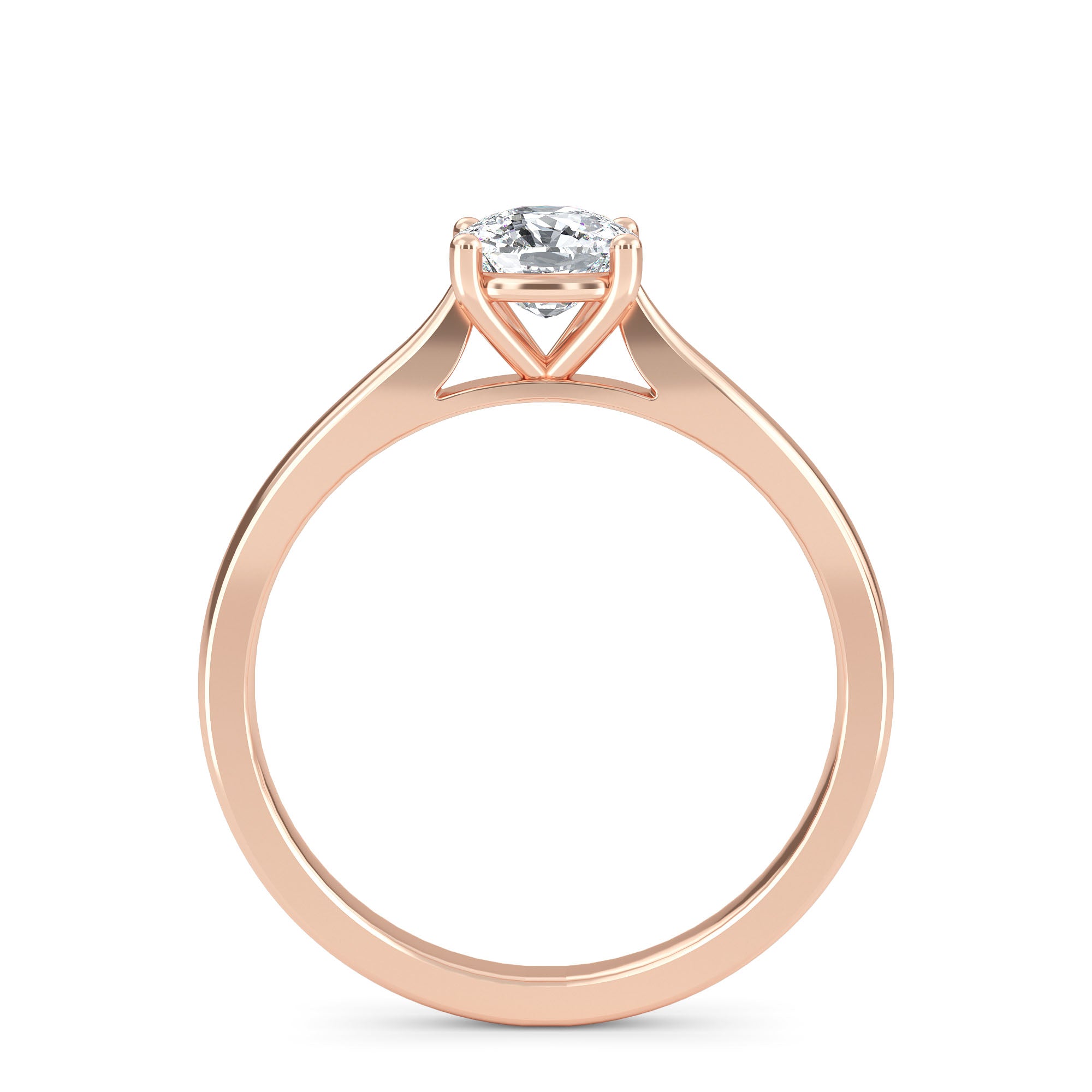Lab-made diamonds, also known as lab-grown diamonds, synthetic diamonds, or cultured diamonds, are diamonds that are created in a controlled environment using advanced technological processes that mimic the natural conditions under which diamonds are formed in the Earth's crust. These diamonds have the same physical and chemical properties as natural diamonds because they are composed of carbon atoms arranged in a crystal lattice structure.
The process of creating lab-made diamonds involves two main methods:
- High Pressure, High Temperature (HPHT): In this method, a small diamond seed is placed in a high-pressure press and subjected to intense heat and pressure, replicating the natural conditions that create diamonds deep within the Earth. Carbon source material is used to allow the diamond to grow layer by layer over the seed. This process can take several weeks to produce a sizable diamond.
- Chemical Vapor Deposition (CVD): In the CVD method, a diamond seed is placed in a vacuum chamber, and carbon-rich gases are introduced. These gases break down and deposit carbon atoms onto the diamond seed, gradually building up the diamond's structure. CVD diamonds can be produced more quickly than HPHT diamonds.
The result of both methods is a genuine diamond with the same hardness, brilliance, and chemical composition as a natural diamond. Lab-made diamonds can be certified by gemological laboratories, and they are graded using the same standards as natural diamonds, including the 4 Cs (cut, color, clarity, and carat weight).
Lab-made diamonds offer several advantages:
- Ethical and Environmental Considerations: Lab-made diamonds are considered more ethical and environmentally friendly compared to some mined diamonds. They are not associated with issues like unethical labor practices or environmentally damaging mining practices.
- Cost: Lab-made diamonds are generally more affordable than natural diamonds of comparable quality. The cost of production for lab-made diamonds is lower, which is reflected in their retail prices.
- Traceability: Lab-made diamonds can be easily traced from their point of origin, providing consumers with greater transparency about their sourcing.
- Diversity of Colors: Lab-made diamonds can be produced in a variety of colors, including fancy colors like blue, pink, yellow, and green.
- Quality and Consistency: Lab-made diamonds often have fewer inclusions and can be produced with precise specifications, leading to consistent quality and appearance.
It's important to note that while lab-made diamonds offer these advantages, whether one chooses a lab-made or natural diamond ultimately depends on personal preferences, ethical considerations, and budgetary constraints.













